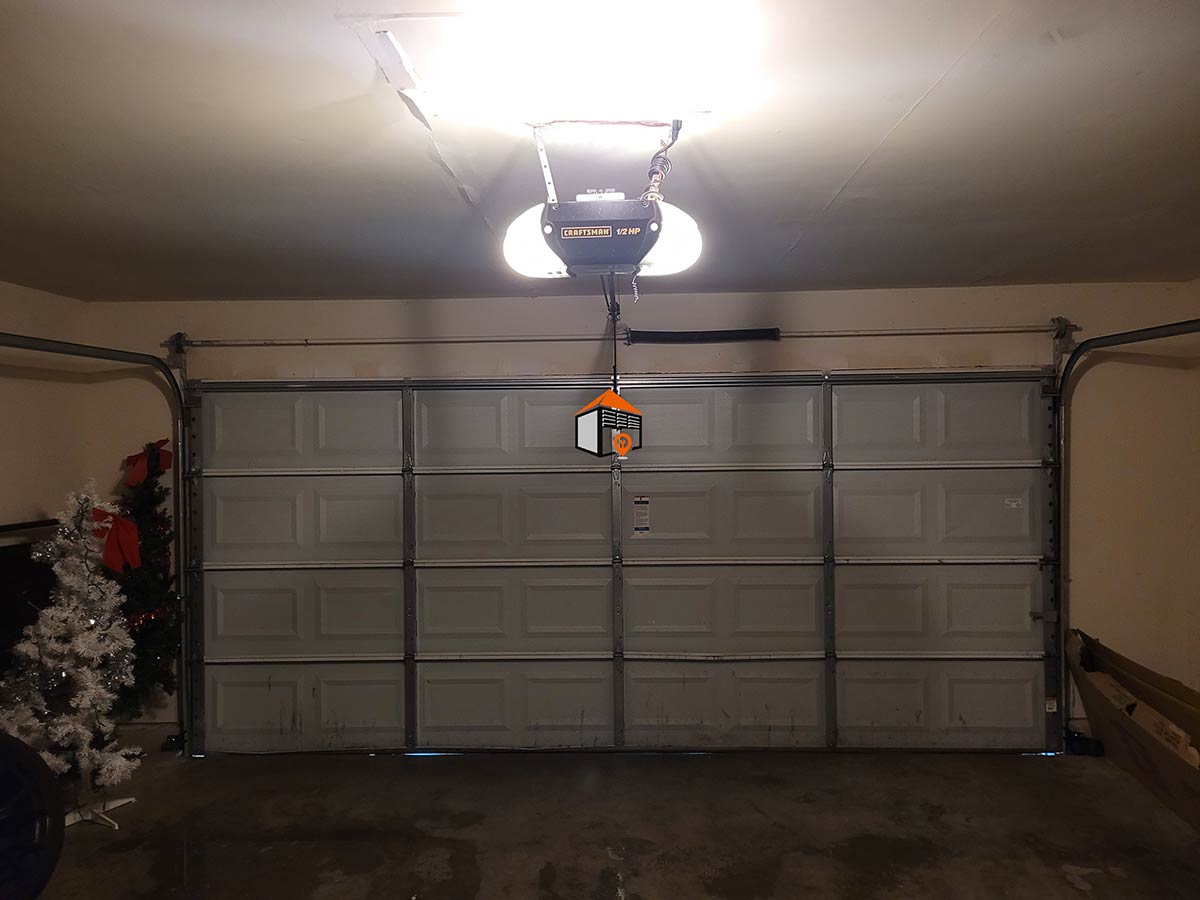Understanding the Problem
My garage door section drops or sags when I open the door; can I fix it by adding a strut?
Struts are metal reinforcements that attach from the left to the right side of the door. This sagging problem typically arises from damage, age, or rust. The most common issue is impact from vehicles, but improperly installed doors—especially those wider than 10 feet—are also prone to sagging. A single-car garage door or an 8- to 9-foot wide door that doesn’t have an opener generally won’t experience sagging.
The Importance of Struts
Regardless of the material used for your garage door, custom carriage house doors, or doors wider than 10 feet, sagging is a possibility. To mitigate this risk, every section should ideally be reinforced with a strut for added protection. This is crucial, considering how expensive these doors can be. Interestingly, even minor dents, such as those from a basketball over years, can lead to significant deterioration, especially if the door is made of metal.
Inspecting for Damage
A simple method to check for door integrity is to close the garage door on a sunny day and look for daylight shining through the panels. This gap indicates a crack or deterioration in the door sections, which needs to be addressed.
Repairing Damage
In many cases, replacing the damaged sections of the garage door can resolve the sagging issue. However, if you can’t find matching sections from the manufacturer, you can often fix the problem by adding a strut on the inside of the door. Struts are generally installed at the top of the door, spanning from one side to the other, to prevent automatic openers from bending the top panel.
Adjusting for Weight
When adding a strut, it’s essential to adjust the tension on the door springs. This is to account for the additional weight added by the strut. Most of the time, struts can fix closing problems, but if you hear popping sounds when opening or closing the door, it may indicate that panel replacements are necessary.
Different Strut Requirements
Struts on metal doors typically run the full length of the door. In contrast, for wood sectional doors, the struts may not need to extend the entire length. With one-piece store doors that flip up, the strut system works differently and requires adjustment with a wrench. As wood doors expand and contract differently than metal, their strut setup needs a specific approach.
Custom Door Considerations
For garage doors wider than 16 feet, struts should be added to every section. Custom carriage house doors also benefit from having a strut at each section. When installing a strut on a damaged section, ensure this process is done on a flat surface or while the door is closed to prevent misaligning the shape of the door.
Best Practices for Installation
When it comes to using struts, installers sometimes mistakenly use a punched angle piece instead of a proper factory strut. However, for wider doors, a single continuous piece of metal is necessary for effective strength. Improper materials, such as a 2×4, can lead to added weight and misalignment due to the warping characteristics of wood.
The Cost Effectiveness of Struts
Steel struts are relatively inexpensive, typically costing between $20 and $40. The bulk of expenses in fixing garage door issues usually comes from labor. Properly adding struts to a damaged door can extend its lifespan by reinforcing the steel and preventing a further risk of sagging.
Evaluating Damage Severity
If the top of a door section is more damaged than the bottom, one strut in the middle might suffice. However, more extensive damage may require multiple struts, both at the top and bottom. It’s essential to inspect the styles—vertical supports inside the garage door—since they may be obscured in multi-layered steel doors.
Conclusion: When to Replace
If you find that the styles are coming loose or the glue that bonds them is failing, a temporary fix might involve adding a strut. However, significant damage may ultimately require a full section replacement.
